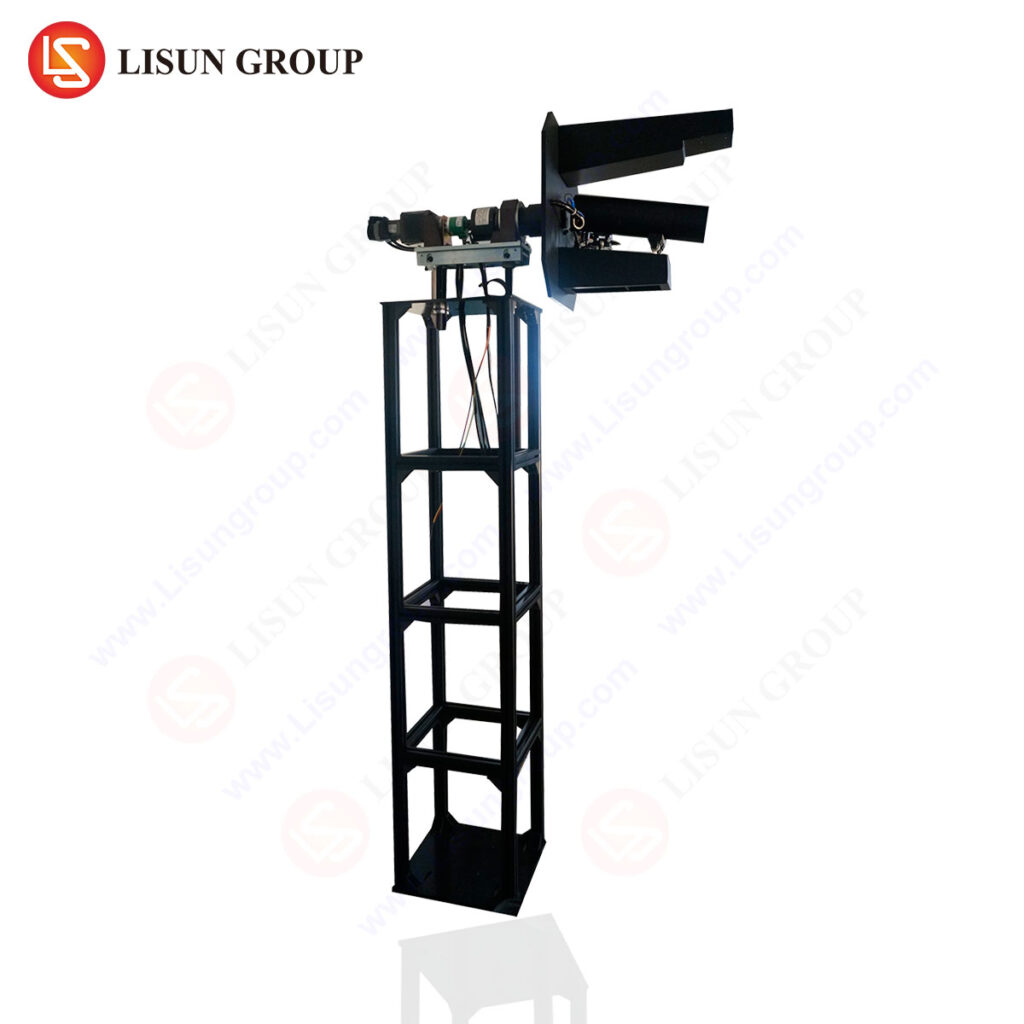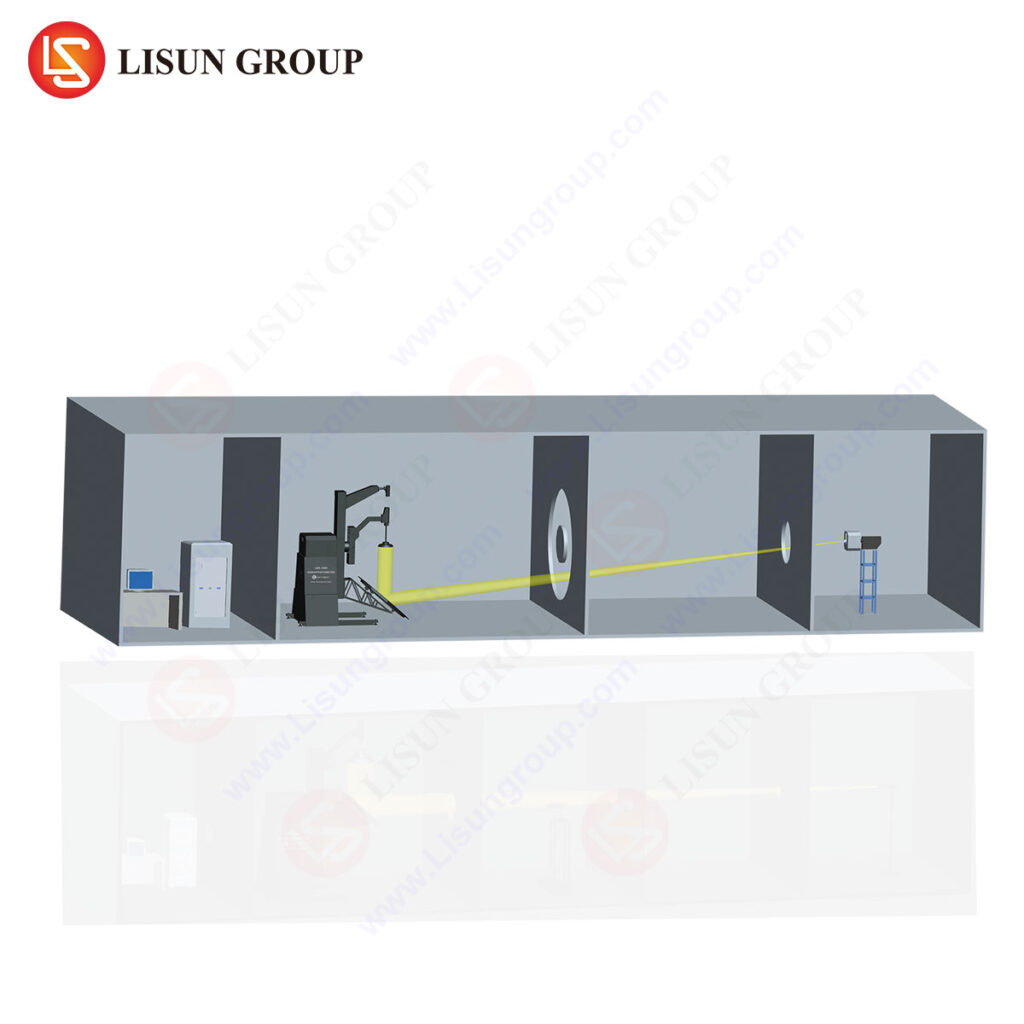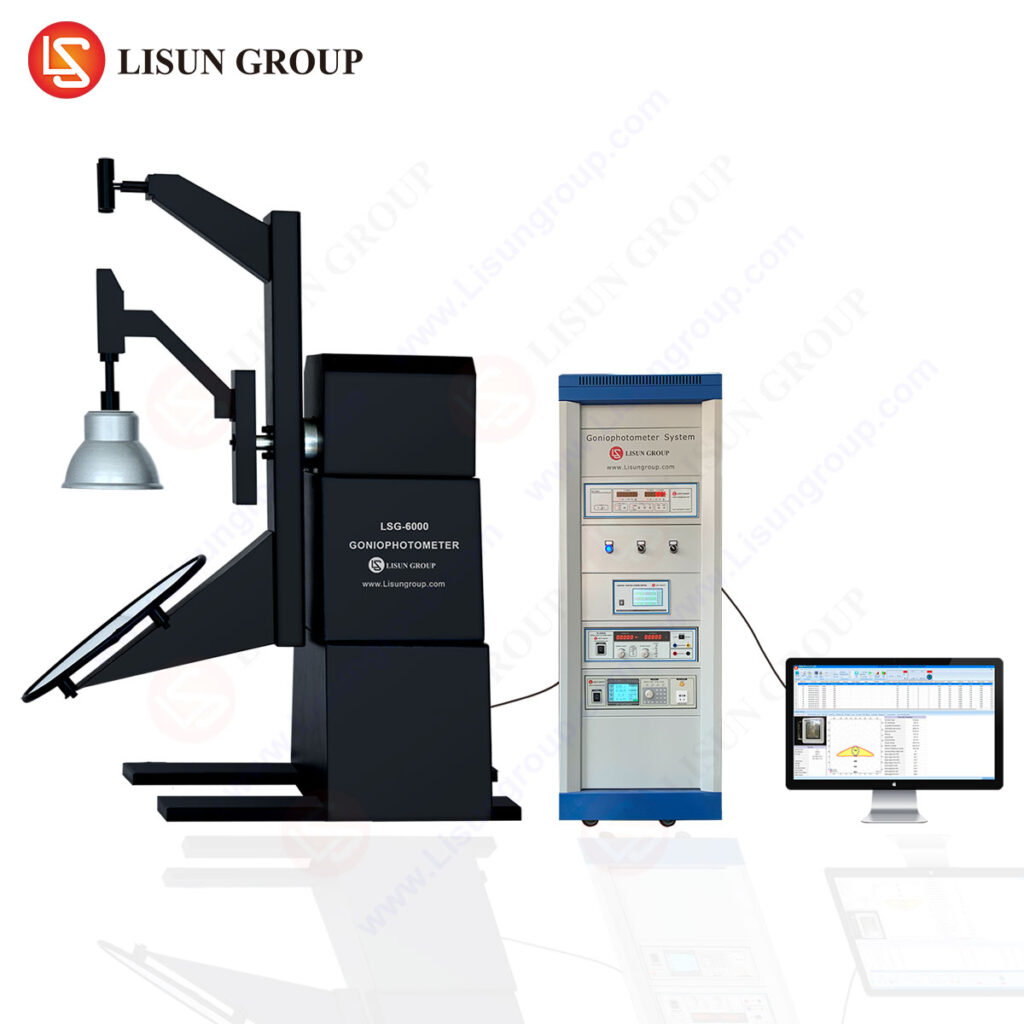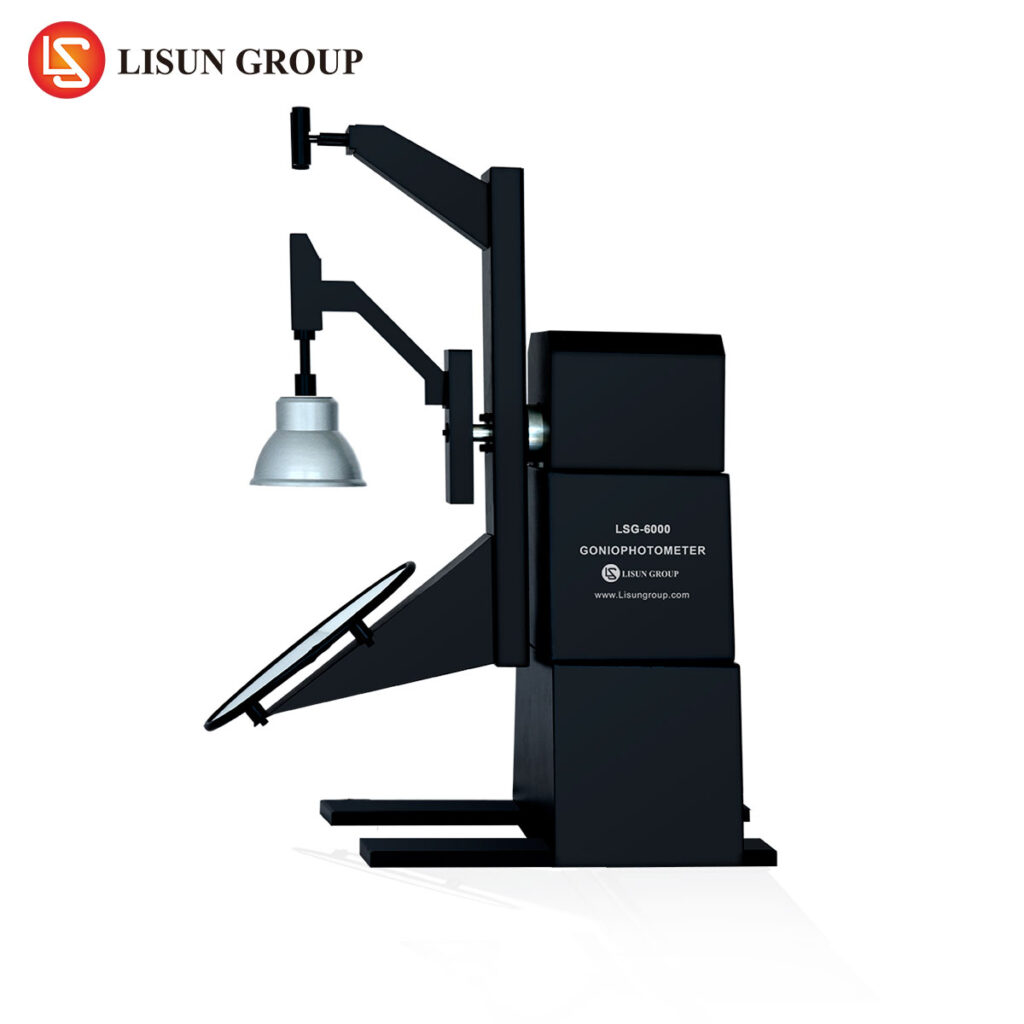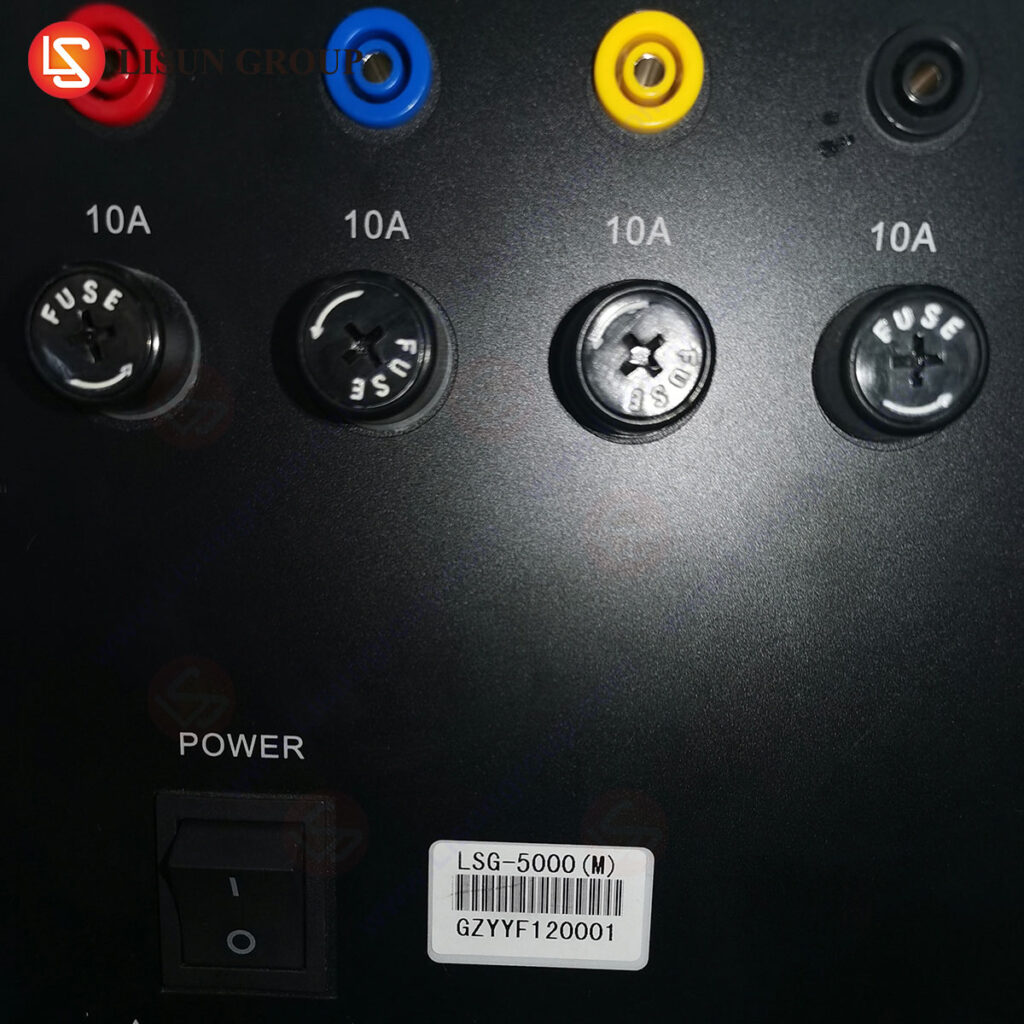Introduction to Measuring LED Performance with photogoniometer to Test LED Luminaires
LED luminaires are becoming increasingly popular in the lighting industry due to their energy efficiency and long life. However, it is important to ensure that the performance of LED luminaires is accurately measured in order to ensure that they are providing the desired lighting levels. One of the most accurate methods of measuring LED performance is to use a photogoniometer to test LED luminaires. This article will discuss the basics of photogoniometer testing and how it can be used to measure LED performance.
A photogoniometer is a device that measures the light output of a luminaire in terms of its angular distribution. It is composed of a light source, a detector, and a rotating arm. The light source is typically a halogen lamp, and the detector is typically a photodiode. The rotating arm is used to measure the light output at different angles. The photogoniometer is used to measure the total light output of a luminaire, as well as the angular distribution of the light.
The photogoniometer is used to measure the total light output of a luminaire by measuring the total luminous flux emitted by the luminaire. This is done by measuring the amount of light that is emitted at each angle. The total luminous flux is then calculated by summing the light output at each angle. The angular distribution of the light is also measured by the photogoniometer. This is done by measuring the amount of light that is emitted at each angle and then plotting the results on a graph.
The photogoniometer is an important tool for measuring the performance of LED luminaires. It is used to measure the total light output of a luminaire, as well as the angular distribution of the light. This information can then be used to determine the efficiency of the luminaire and to ensure that it is providing the desired lighting levels.
Advantages of Using Photogoniometer to Test LED Luminaires
There are several advantages to using a photogoniometer to test LED luminaires. First, it is a very accurate method of measuring the performance of LED luminaires. The photogoniometer is able to measure the total light output of a luminaire, as well as the angular distribution of the light. This information can then be used to determine the efficiency of the luminaire and to ensure that it is providing the desired lighting levels.
Second, the photogoniometer is a relatively simple device to use. It does not require any special training or expertise to operate. This makes it an ideal tool for testing LED luminaires in a variety of settings.
Finally, the photogoniometer is a cost-effective method of testing LED luminaires. It is a relatively inexpensive device, and it can be used to test a large number of luminaires in a short amount of time. This makes it an ideal tool for testing LED luminaires in a variety of settings.
Conclusion
The photogoniometer is an important tool for measuring the performance of LED luminaires. It is used to measure the total light output of a luminaire, as well as the angular distribution of the light. This information can then be used to determine the efficiency of the luminaire and to ensure that it is providing the desired lighting levels. The photogoniometer is a relatively simple device to use, and it is a cost-effective method of testing LED luminaires.
FAQs
Q: What is a photogoniometer?
A: A photogoniometer is a device that measures the light output of a luminaire in terms of its angular distribution. It is composed of a light source, a detector, and a rotating arm. The light source is typically a halogen lamp, and the detector is typically a photodiode. The rotating arm is used to measure the light output at different angles.
Q: What is the purpose of a photogoniometer?
A: The photogoniometer is used to measure the total light output of a luminaire, as well as the angular distribution of the light. This information can then be used to determine the efficiency of the luminaire and to ensure that it is providing the desired lighting levels.
Q: What are the advantages of using a photogoniometer to test LED luminaires?
A: The advantages of using a photogoniometer to test LED luminaires include accuracy, simplicity, and cost-effectiveness. The photogoniometer is able to measure the total light output of a luminaire, as well as the angular distribution of the light. It is a relatively simple device to use, and it is a cost-effective method of testing LED luminaires.

